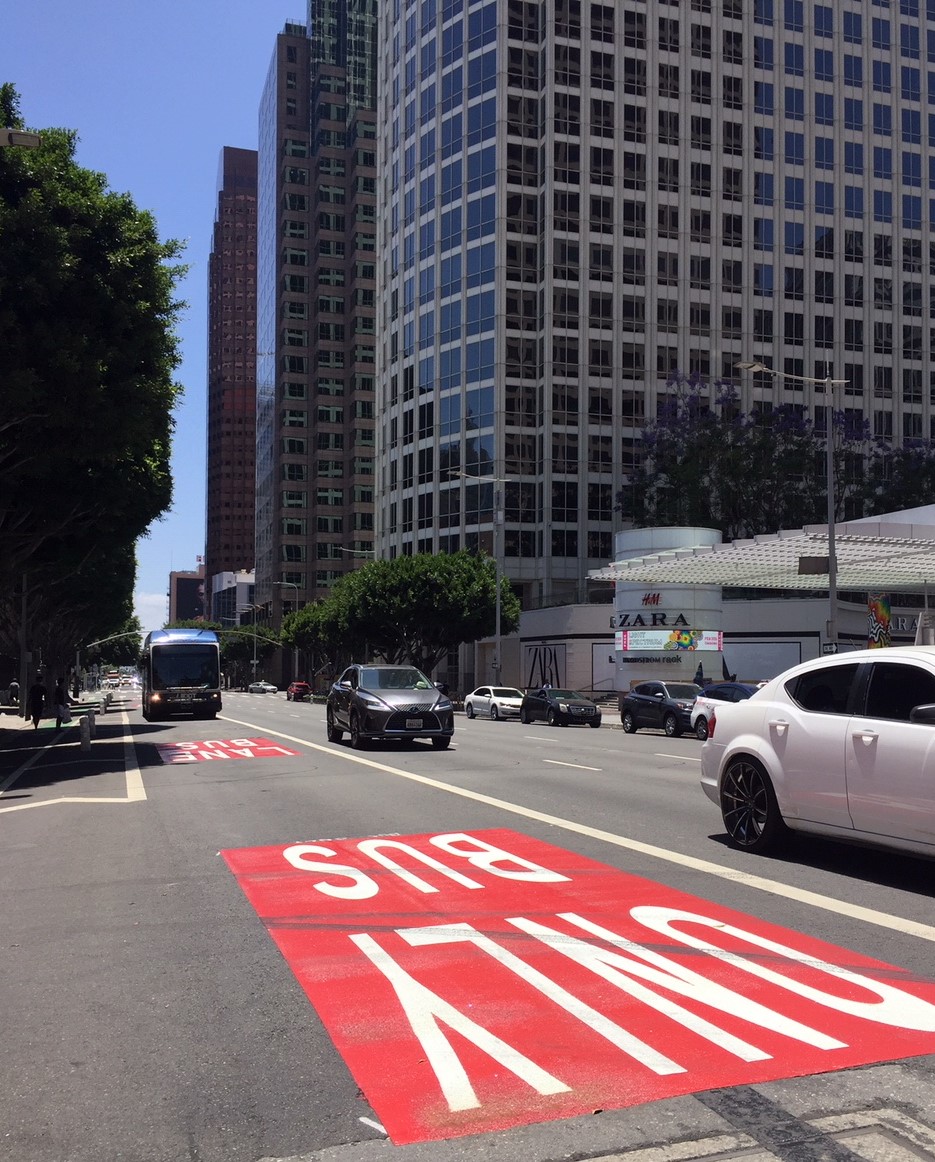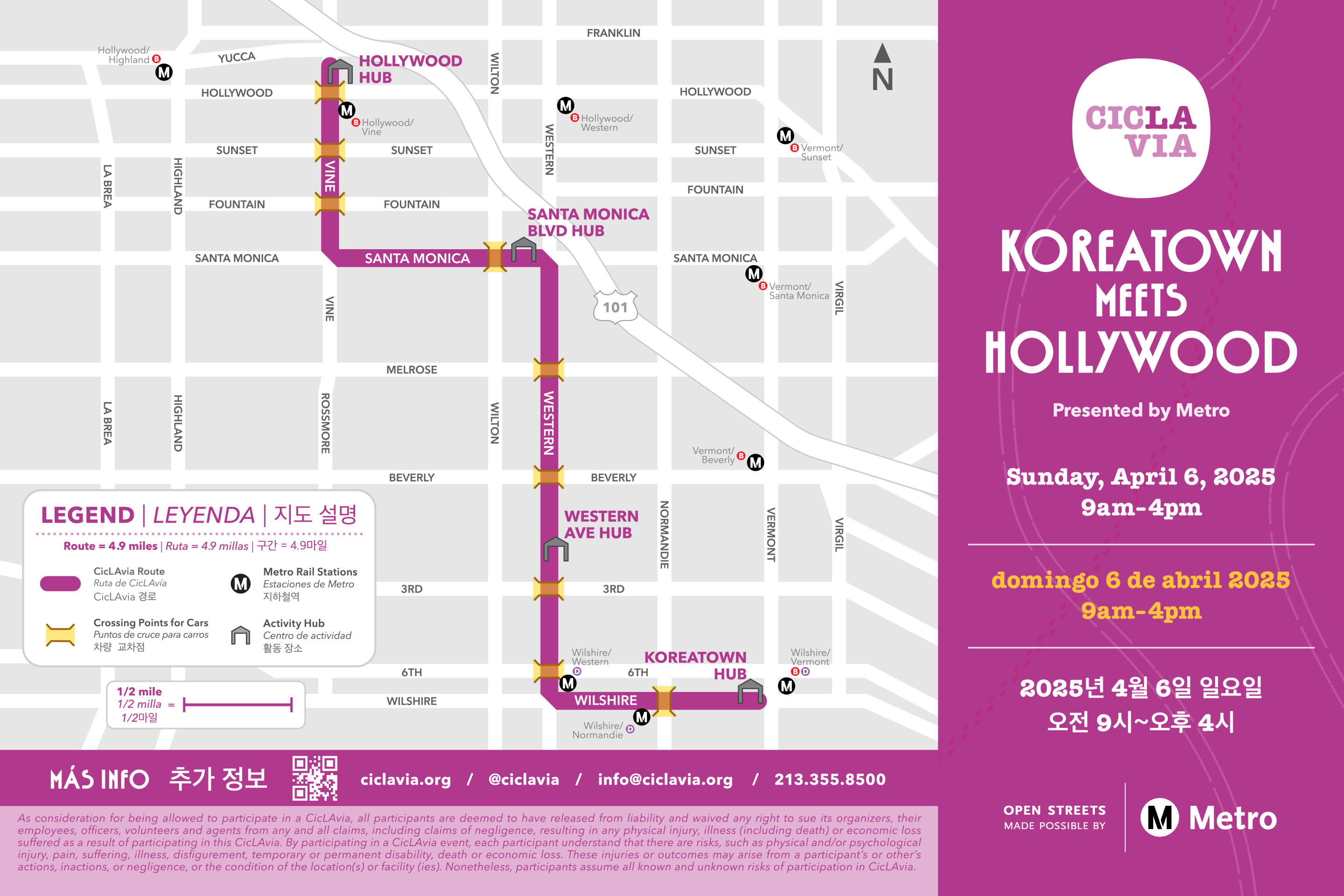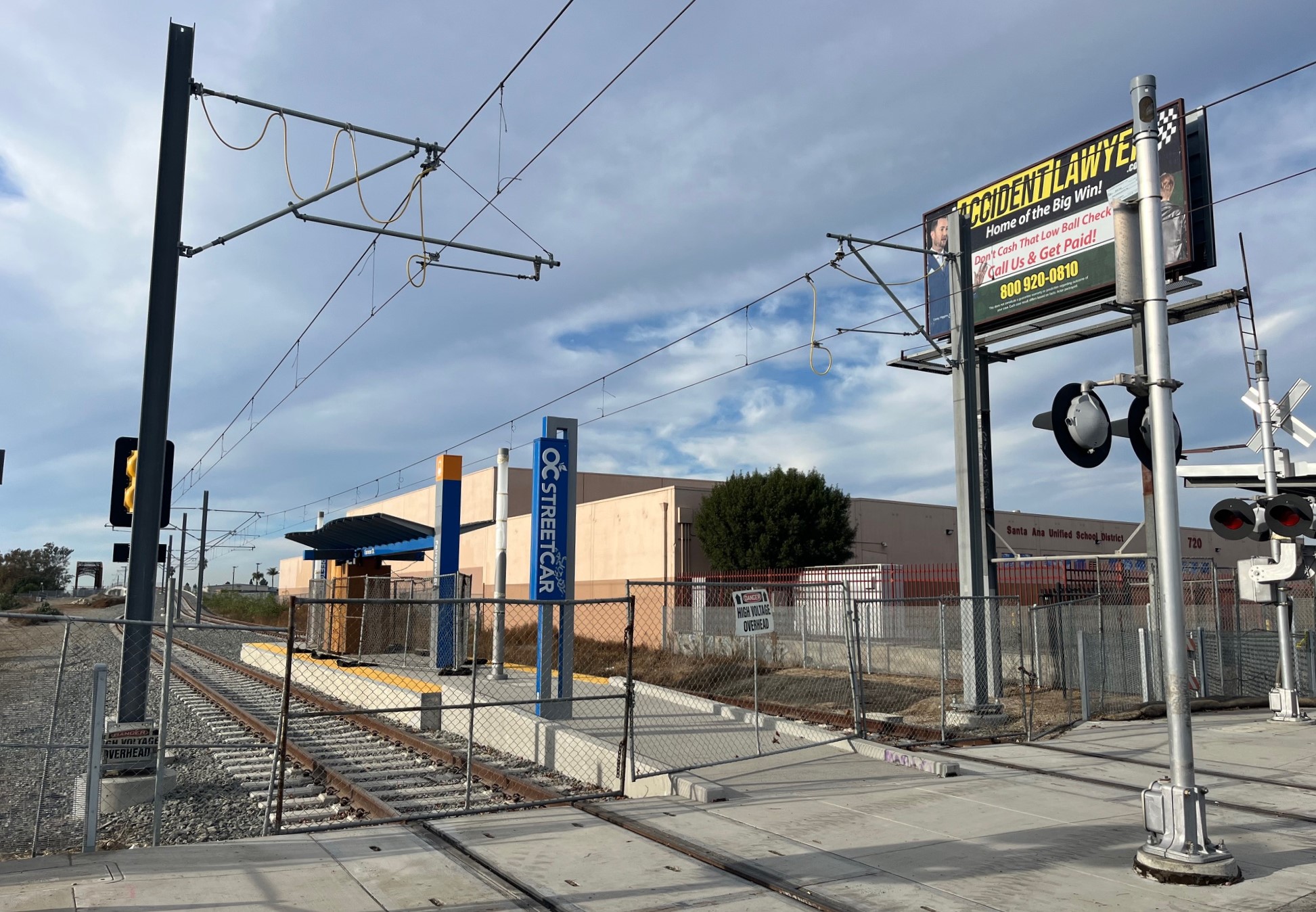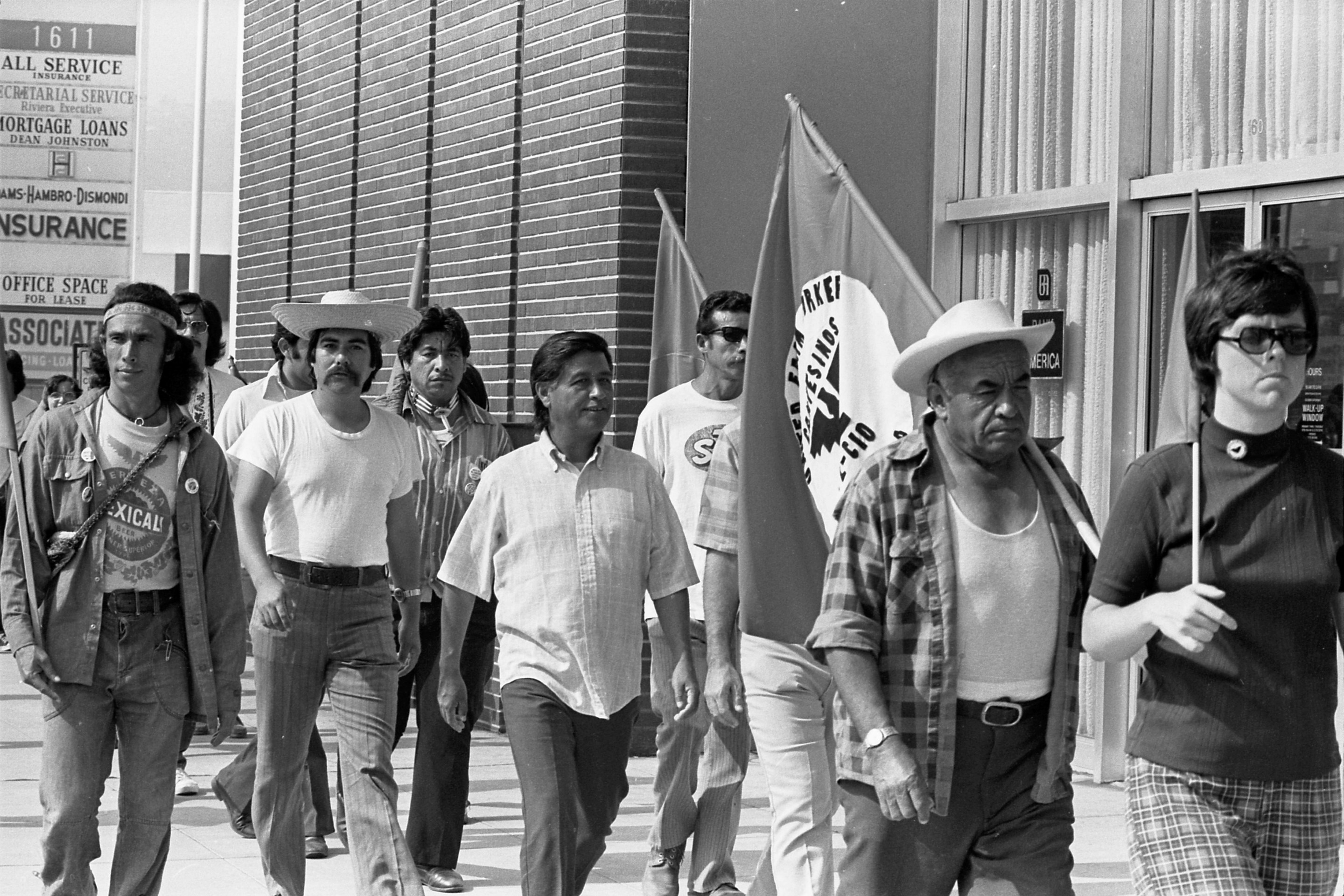
Last Friday, the Los Angeles City Planning Department released a new draft of its HLA Standard Elements document. The city's internal Street Standards Committee is expected to approve the document this Thursday.
For a longer explanation of how this document fits into the puzzle of making L.A. streets safer and more multimodal, read SBLA's February coverage. In brief, Measure HLA now mandates that the city gradually implement its Mobility Plan (MP2035). The city's HLA Standard Elements Table is basically a listing of the minimum bus/bike/walk features that will comply with Measure HLA.
The HLA Standard Elements document [in staff report] will be the one item on this Thursday's 2 p.m. agenda of the Street Standards Committee. Most people haven't heard of this committee, which meets rarely. It consists of three city department heads: Planning (DCP), Transportation (LADOT), and the City Engineer (who heads the Bureau of Engineering in the Department of Public Works).
The new draft fixes several places where the initial draft fell short. In other places it probably doesn't quite go far enough, especially regarding pedestrians.
The facility minimums are listed in a table corresponding to the various MP2035 networks [see maps], which include:
- Transit Enhanced Network (TEN): streets where the city will improve the "performance and reliability of buses," generally by installing bus-only lanes. TEN streets are ranked into three tiers: tier 1 (moderate), tier 2 (moderate-plus), tier 3 (comprehensive).
- Pedestrian Enhanced District (PED): places where the city prioritizes providing "a safe and comfortable walking environment."
- Three street networks supporting bicycling: the Bicycle Enhanced Network (BEN), the Bicycle Lane Network (BLN), and the Neighborhood Enhanced Network (NEN). Bikeways are tiered, with tier 1 specified as protected bike lanes, and tiers 2 and 3 as unprotected bike lanes. The NEN is generally comprised of quieter streets deemed safe for bicycling and walking (known by various terms: neighborhood greenways, bicycle boulevards, bike-friendly streets, etc.)
For each network, the document includes minimum mandatory features (you can expect that these minimums will be exactly what the city will do the vast majority of the time), plus optional features.
Below is a brief review of changes.
Transit Facilities
The initial draft of the document had somewhat vague language about how the city could omit planned bus lanes in some situations. The new language has been tightened to allow the city to forgo bus lanes where "transit service is nonexistent (neither exists today nor is planned)," plus a provision for alternate features where service is "very infrequent."
The "moderate" tier (least of three tiers) remains somewhat non-committal, with no bus lane requirement, just possible bus shelters, bus benches, or signal prioritization.
Bike Facilities
The bicycle section was improved somewhat by indicating that peak-hour bus lanes (which typically are filled with parked cars off-peak) do not count as bike lanes. It still indicates that where the city plan (MP2035) calls for both unprotected bike lanes and bus lanes, this can be met with full-time bus/bike lanes (which is optimal for neither bus speed nor bike safety).
Walk Facilities
The pedestrian enhanced district (PED) facility minimums appear unchanged, mostly ensuring that the city complies with basic accessibility requirements. There are a lots of good optional treatments listed (including raised crossings, crossing islands, and midblock crossings), but the document fails to commit the city to the basic work of adding missing crosswalks on on designated PED streets.
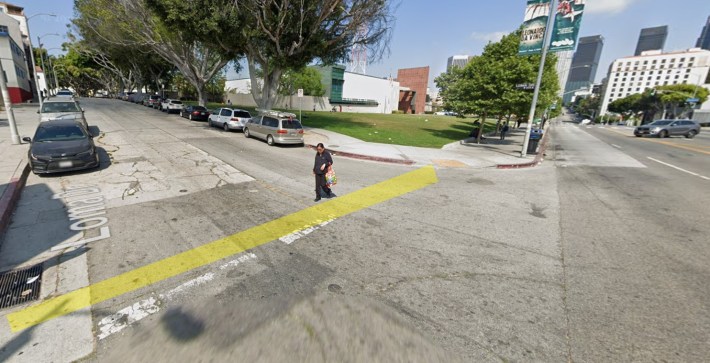
It may seem obvious that the city should add crosswalks along pedestrian-enhanced streets (the way the minimums include bike lanes on bike-enhanced streets, and bus lanes on transit-enhanced streets), but basic crosswalks are conspicuously absent from the current document and the initial draft. Crosswalks alone won't make L.A. a great safe place to walk, but they represent a sort of basic walkability minimum.
To the city's credit, most PED streets already have crosswalks, but there are many intersections on designated PED streets (for example 6th Street at Loma Drive pictured above) that lack crosswalks - and just feature a stop bar (a single white stripe).
Read the city's draft HLA Standard Elements Table (the last eight pages of this 20-page staff report) and consider giving public input at this Thursday's Street Standards meeting.
